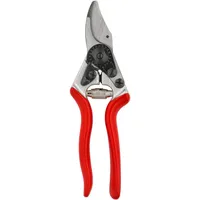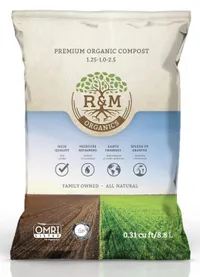11 sustainable gardening tips for an eco-friendly yard
For green-fingers all year-round
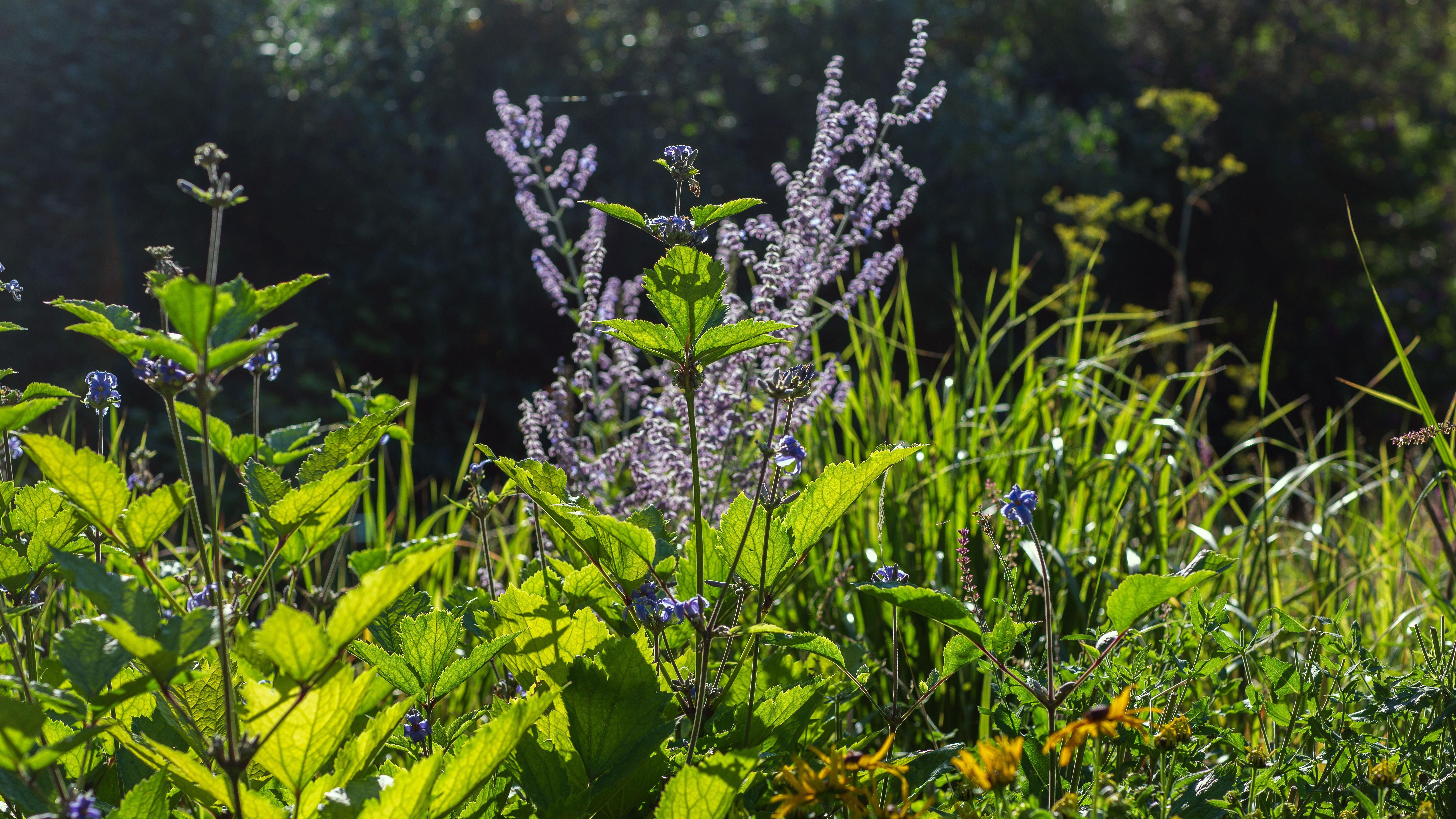
- 1. Reduce lawn mowing
- 2. Make use of your plants’ seeds
- 3. Build with low-impact materials
- 4. Buy gardening materials loose
- 5. Use cuttings and divide pernnials
- 6. Use manual tools
- 7. Choose a low-impact compost
- 8. Stop using pesticides and weed killer
- 9. Plant for pollinators
- 10. Collect rainwater
- 11. Plant for the future
Many of us like to think of yards or gardens as natural havens: a place for plants and wildlife to thrive. This is where sustainable gardening comes in. It's the healthiest and most natural way to allow the biodiversity to blossom.
It’s true that these spaces can allow a foothold for nature within the built environment. But sadly, the bigger picture is that many of our gardening activities do more harm than good – consuming fuel or electricity, using up natural resources, and sometimes directly harming living things, as is the case with pesticides and weed killers.
The good news is that there are plenty of easy, low-cost steps you can take to make your yard or garden sustainable, so that it does more good than harm for the environment. For a start, you can opt for a relatively low-emission option when you choose from the best electric lawn mowers.
If you've covered these basics, then you can find more in-depth guidance on sustainable gardening in this article.
Helping us along the way is Mark James, Head Gardener at the beautiful Mount Ephraim Gardens in Kent, England.
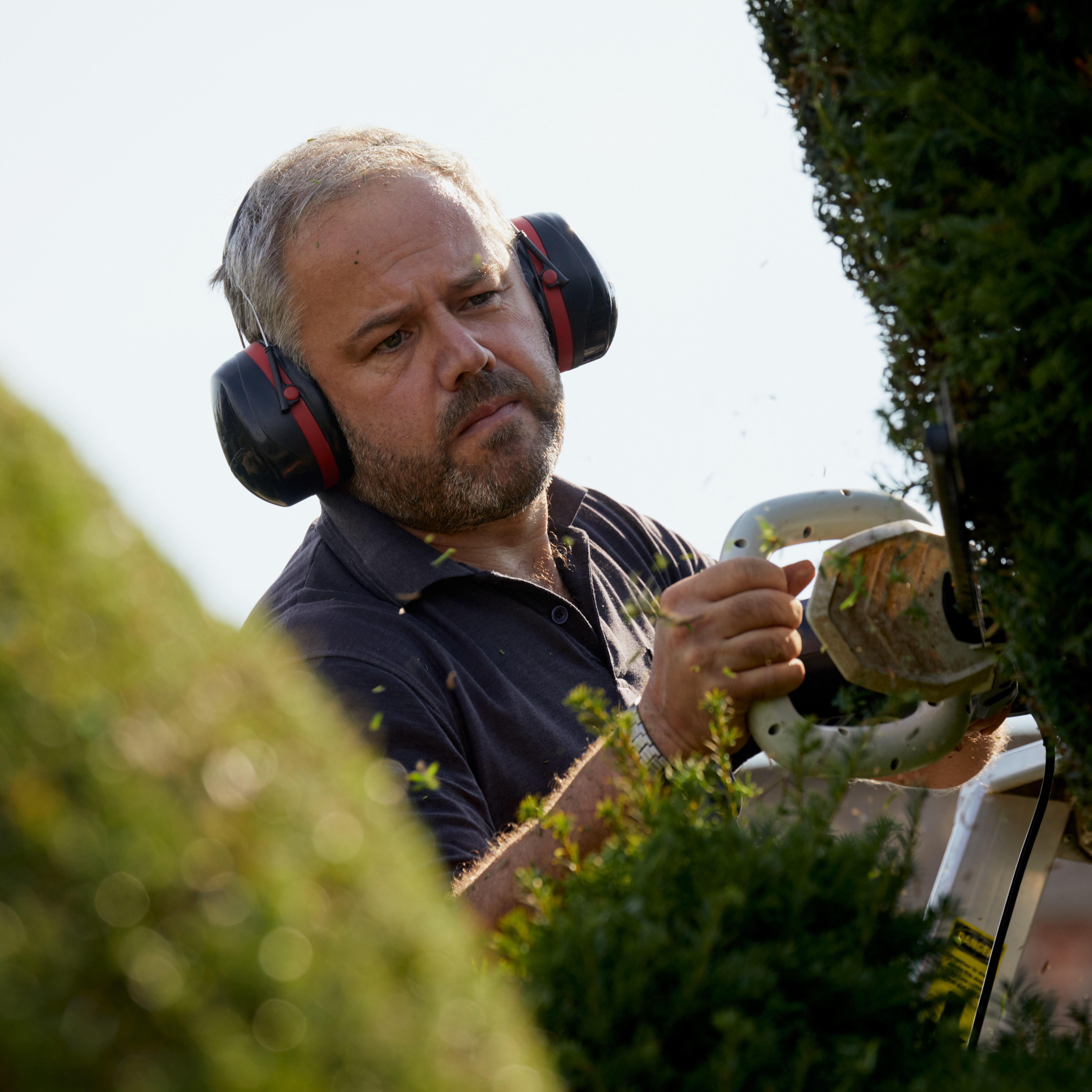
Mark James has been working at Mount Ephraim Gardens for nearly 30 years. For the first ten years, Mark worked under his father, who preceded him as Head Gardener, before taking on the position himself 20 years ago. Mount Ephraim Gardens is a terraced Edwardian Gardens in Kent, England.
Reduce lawn mowing
A neatly mowed lawn looks beautiful and feels great underfoot. However, too much mowing can disrupt insects and other creatures which live among the grass.
We’re not saying you shouldn’t mow your lawn – but consider reducing the frequency of cuts, and if you have a lawnmower with multiple mowing height settings, try mowing at a higher height. This way, more insects will survive your mowing, so they can continue feeding into a more vibrant and sustainable ecosystem.
Sign up to receive the latest news, reviews, buying guides and deals direct to your inbox
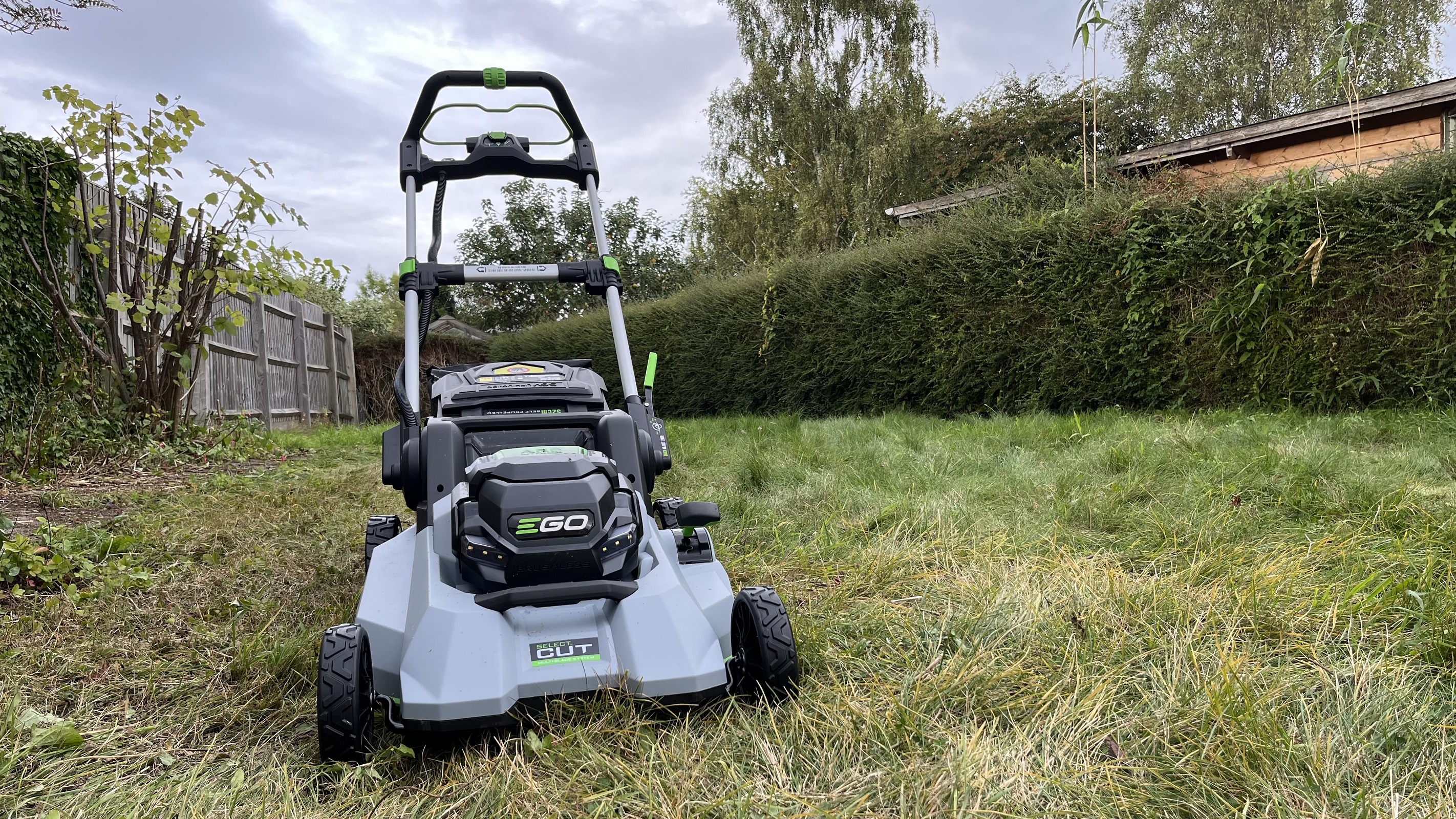
If you’re open to having longer grass for part of the spring or summer, you might even consider assigning one month as a ‘no-mow’ month.
When deciding how to choose an electric lawn mower, it's worth looking for options with adjustable cutting heights.
Make use of your plants’ seeds
Gardener Mark James says one of the keys to sustainable gardening lies in your plants’ seeds.
“Try growing plants which readily produce large amounts of seed each year,” says Mark.
“The seed can be collected and propagated as required, or simply scattered around the garden in suitable growing locations. If the seed is dry and ripe, it should store easily in a paper bag or envelope, and will be viable for several years (depending on the species).”
Build with low-impact, biodegradable materials
The structures in your yard don’t need to last forever. In fact, many will only need to last as long as you occupy your current property.
With this in mind, it makes sense to build structures such as planters and raised beds out of biodegradable materials that have a relatively low carbon footprint, such as timber, rather than tougher materials like concrete or brick.
If you do need to use a hard material, then choose a hardwood, or use locally-sourced natural stone, which tends to have a low level of embodied carbon.
You might also be able to use reclaimed materials, such as old whiskey barrels or railroad sleepers, to form parts of your yard.
A nice side benefit to using biodegradable or reclaimed materials is that they tend to be relatively low-cost - and they add character!
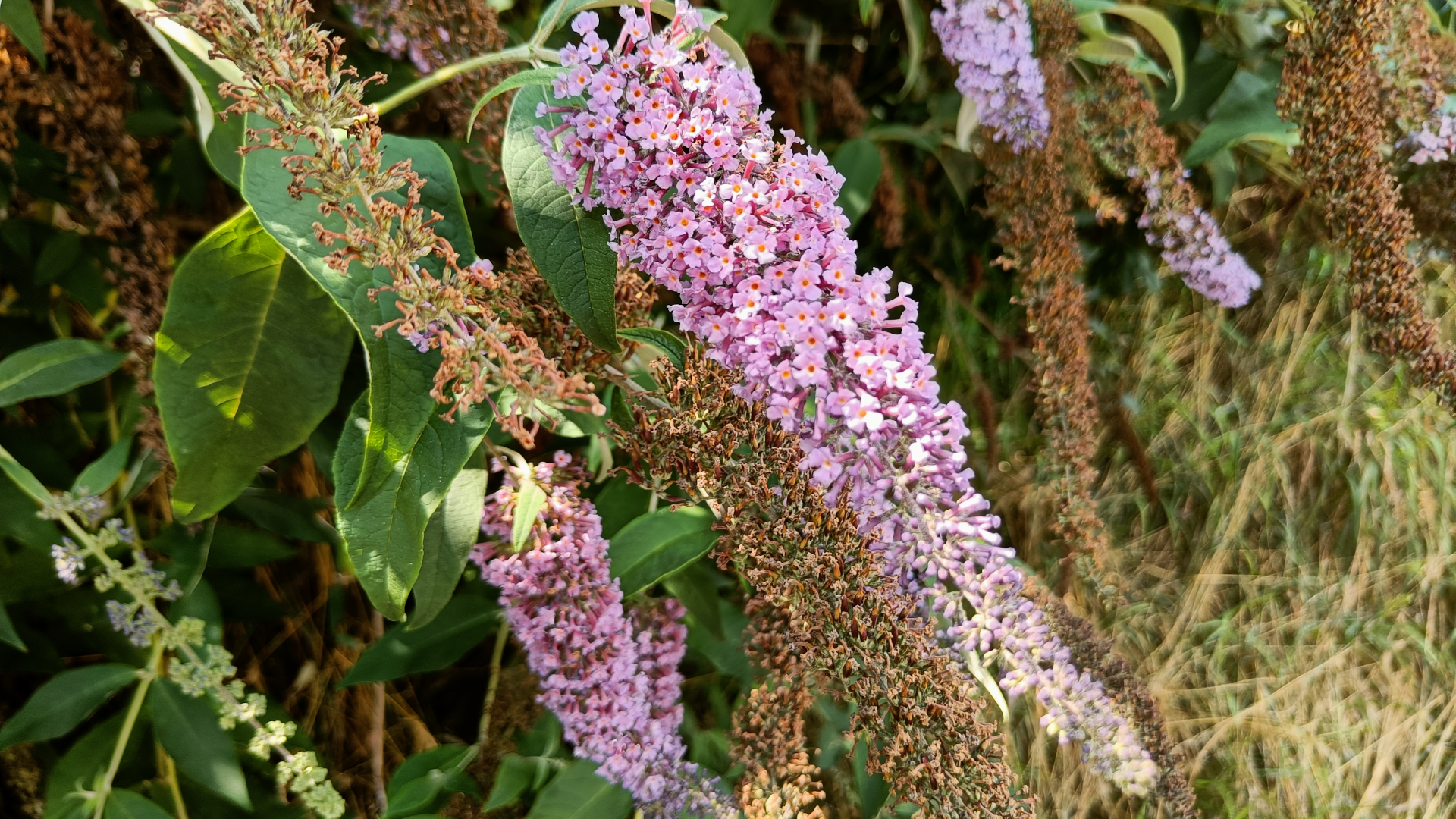
Buy gardening materials loose
Plastics are often used to package gardening materials such as compost and gravel.
To reduce your yard’s environmental impact, consider using your own repeat-use containers to transport these materials from a local supplier to your home. Look for a bulk buy landscaping materials supplier in your area, and ask whether they’d be able to facilitate collection.
Take cuttings and divide perennial plants
“Many plants such as small shrubs, Mediterranean plants and perennials will grow very readily from cuttings,” says Mark James, of Mount Ephraim Gardens.
“Take cuttings from existing plants in your garden, ask friends and family for cuttings, and consider taking cuttings from newly bought plants. These can be used straightaway in the garden, or kept in reserve to replace tender plants lost over winter, or swapped with like-minded gardeners,” he says.
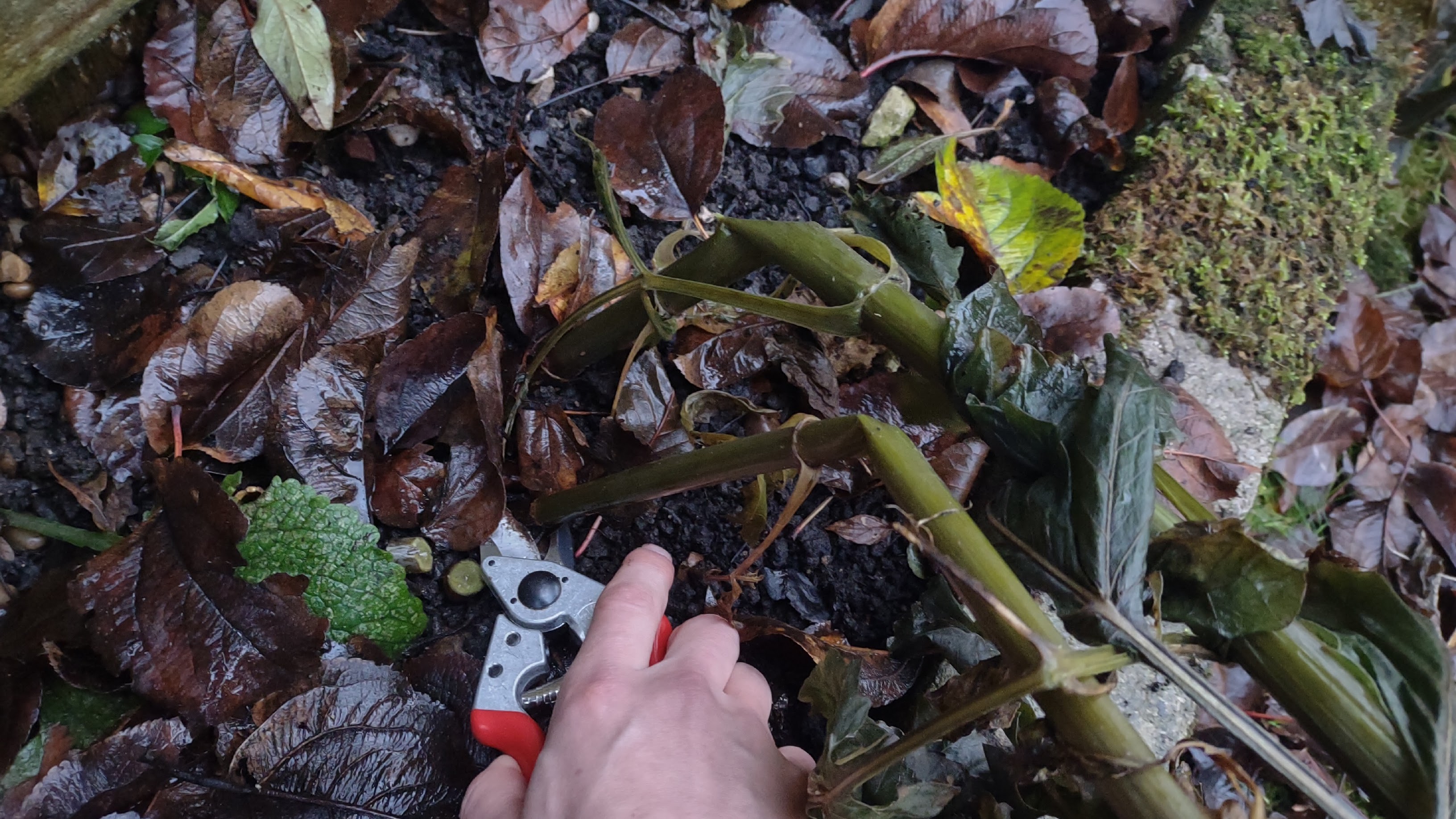
Mark also recommends dividing perennial plants, to save on cost and fill your garden sustainably:
“Although good-sized plants bought from a garden center can be expensive, many perennials can be divided, and one plant purchased may well produce several plants if divided before planting,” says Mark.
Use manual tools where possible
Some gardening tasks can be completed effectively, and reasonably efficiently, using a manual tool that doesn’t require a battery or fuel. Clearly, the manual approach has significant benefit in terms of sustainability.
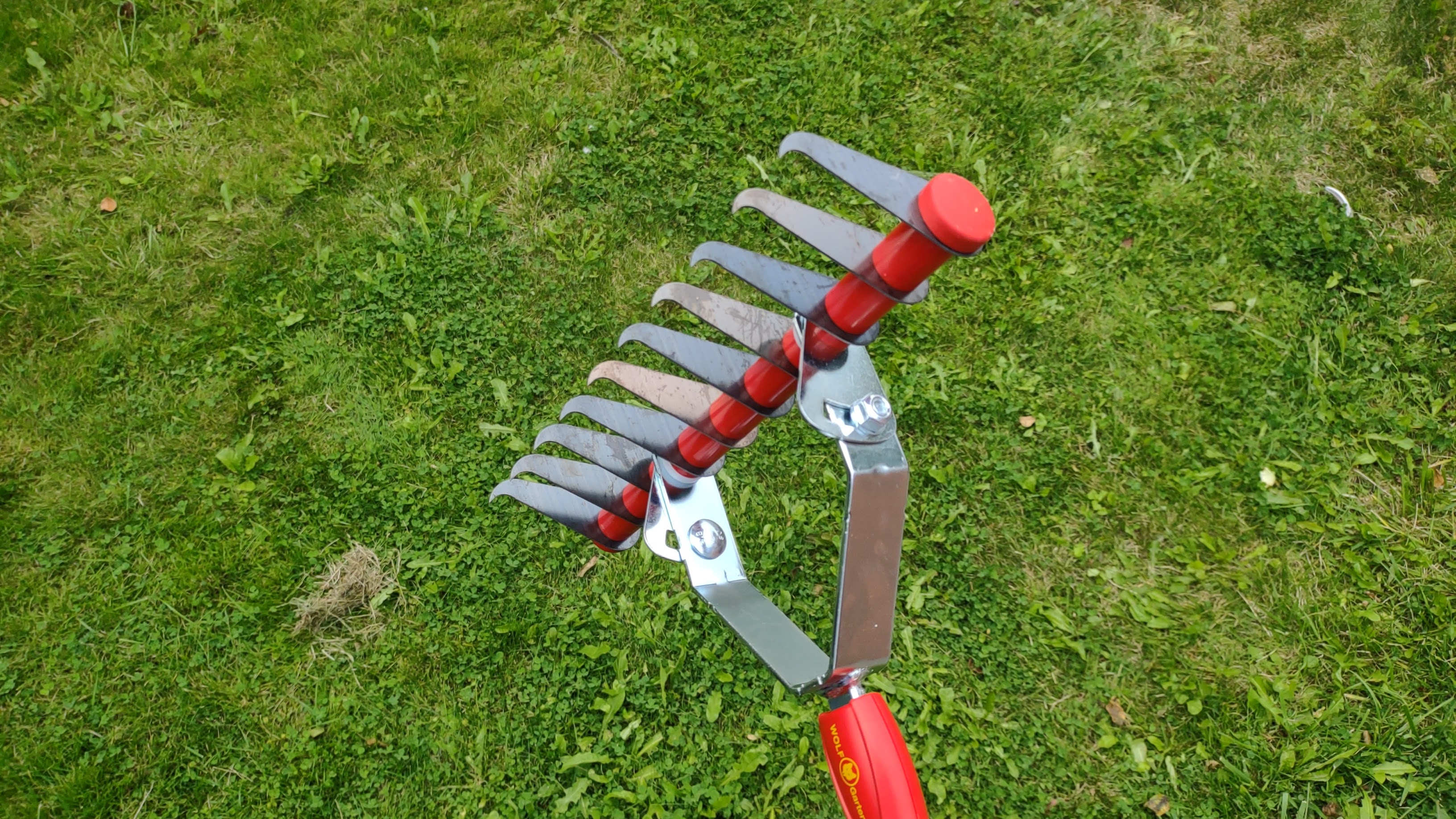
For example, if you know how to prune a tree, consider using a handheld pruner like the Felco 6, rather than an electric alternative.
Or, if you’re going to dethatch your lawn, you could use a handheld dethatching rake such as the Wolf-Garten UGM3 Dethatching Rake Head (available in the US and the UK), rather than a powered dethatcher.
The one-handed Felco 6 is one of the best pruners you can buy. It's also highly sustainable, with great availability of spare parts and fuel-free operation.
Choose a low-impact compost
Compost is decomposing organic matter, used to deliver nutrients to plants. There are various types of compost, and some are more sustainable than others.
Avoid peat-based composts, as the extraction of this particular soil for use as a compost impairs the land’s ability to sequester CO2.
Some environmentally friendly alternatives to peat-based compost include wood fiber, pine needles, worm castings, composted manure, lead mold, biochar, rice hulls and coco coir.
Sustainability-focused, organic composts are available in both the UK and the US. For our American readers, R&M Organics Premium Organic Compost would be a good pick.
Eco-conscious gardeners in the UK should consider giving up peat-based compost and using Natural Grower’s Natural Compost for Organic Growers instead.
Stop using pesticides and weed killer
It can be annoying when a garden pest destroys one of your prized plants, or eats some of your eagerly anticipated home-grown veggies. And it’s also a pain when weeds ruin the appearance of a well-kept lawn.
Even so, we’d strongly urge you to avoid using pesticides and weed-killers in your yard. These biocidal products can kill all sorts of plants and insects (and sometimes even pets), and they therefore harm the biodiversity and sustainability of your yard.
Where possible, use alternative methods such as digging up weeds, or encouraging insect species that prey on the pests that have been munching on your plants. Also, try to work out why your yard is attracting particular pests, and make changes so that these unwelcome guests have less food, shelter and opportunity to flourish.
The 2018 film The Biggest Little Farm provides some fascinating examples of how certain species can be controlled by encouraging their predators (for instance, ducks are used to control an overabundance of snails!)
Plant for pollinators
Pollinators such as bees play an essential role in the life cycle of plants. Without them, your gardening efforts will be pretty much, *ahem*, fruitless.
You can help pollinators to thrive by filling your garden with plants that provide the nectar they need. Here are some options to consider:
- Alliums
- Cosmos
- Geraniums
- Geums
- Salvia verbenaca
- Buddleia
- Mahonia
- Rosa
- Fruit trees (any species)

Collect rainwater
Why depend upon the supply of water from your household, when you could use rainwater to keep your plants watered?
One effective method for collecting rainwater is to divert water from the guttering on your rooftop into one or more water butts or barrels. This water can then be taken and used for watering plants, trees and lawns. (It’s important to allow some airflow in/out of the container, in order to prevent the water from going stale or stagnating.)
Obviously, the amount of rainwater you’ll be able to collect will depend upon your local climate.
Plant for the future
Average temperatures are rising around the globe, and this warming effect will mean that certain plant species can no longer thrive in certain places, like they once did.
In the not-too-distant future, it’s foreseeable that places like Seattle will have a climate similar to San Francisco today, while London will experience conditions similar to those currently typical of Barcelona.
With the apparent effects of climate change in mind, it makes sense to adapt your planting to a changed climate. For many gardeners, this will mean planting more species that can tolerate droughts and heatwaves. Survivability plays into sustainability, as planting less often will ensure you spend less time digging the soil and using resources to nurture young plants.

Pete has reviewed hundreds of gardening products for titles including TopTenReviews, Ideal Home and the London Evening Standard, as well as writing articles on diverse topics for other publications such as The Guardian and BBC Good Food. Pete loves spending time in his yard – although, having just read The Day of the Triffids by John Wyndham, he is regarding his plants with a newfound suspicion.
